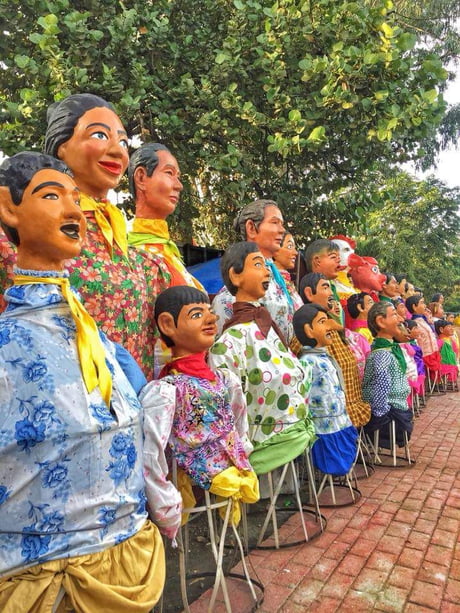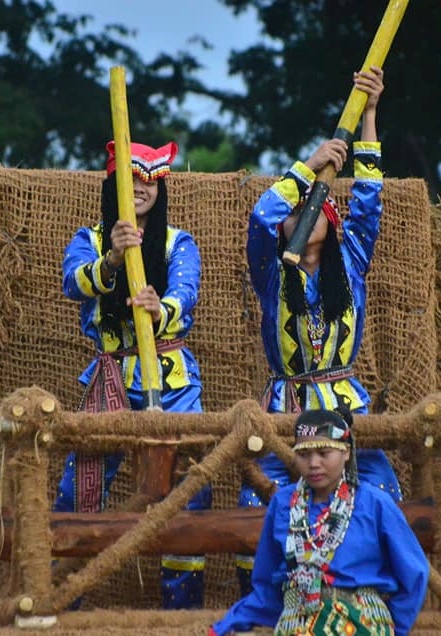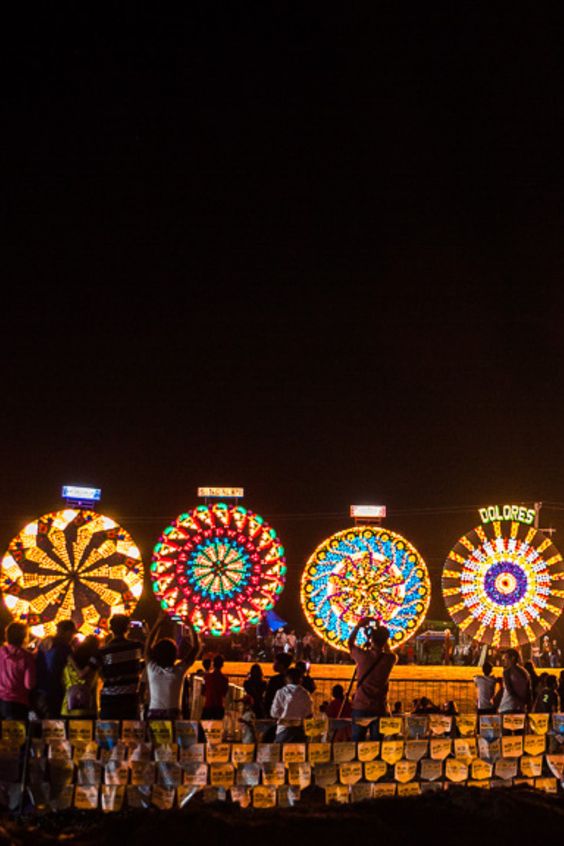

The Bangus Festival: A Culinary and Cultural Celebration of the National Fish
The Bangus Festival is an annual festival that takes place every April 30th in Dagupan City, Pangasinan, which is known as the “Bangus Capital” of the Philippines. The festival celebrates the abundant harvest of the bangus or milkfish, which is considered to be the national fish of the country. The festival also features various activities and events that highlight the culture and heritage of Dagupan City, such as street dances, cooking contests, trade fairs, beauty pageants, and musical performances.
The word “bangus” comes from the scientific name of the fish, Chanos chanos, which belongs to the family Chanidae. The fish is also known as bandeng or bolu in other parts of Southeast Asia, where it originated. The fish is small, silver, and oval-shaped, with a large mouth and sharp teeth. It can be raised in saltwater, freshwater, or brackish water, and can grow up to 1.8 meters long and weigh up to 14 kilograms. It is usually prepared in various ways, such as smoked, fried, filleted, or dried.
Dagupan City is famous for producing the best quality of bangus in the country, which is said to be due to its waters and the presence of algae called lablab that grows in the bed of the ponds. The city produces over 70% of the country’s supply annually, and exports it to other countries such as Japan, Korea, Taiwan, Hong Kong, and Singapore.

The origin of the festival can be traced back to 2002, when then mayor Benjamin Lim initiated it as a way of promoting Dagupan City as a tourist destination and showcasing its bangus industry. It was also established as a tribute to the resilience and hard work of the residents, who survived a series of calamities such as earthquakes, floods, and fires in the past.
The festival today is a month-long celebration that culminates on April 30th, which is also declared as a special non-working holiday in Dagupan City. It features various events and activities that showcase the culture and heritage of Dagupan City, such as art exhibits, musical performances, cultural shows, food fairs, and other contests. The highlight of the festival is the grand street parade or Sadsad Bangus Festival Street Dancing Competition , where thousands of participants from different barangays or districts compete for prizes and honors. The participants wear colorful costumes and masks that are inspired by various themes related to bangus or Dagupan City. They dance to the beat of drums and music, while carrying images or replicas of bangus or other related products. The parade also features floats decorated with flowers, fruits, vegetables, and other local products.

The festival is not only a feast for the eyes, but also for the taste buds. Visitors can enjoy various delicacies that are unique to Dagupan City or Pangasinan province, such as bangusine (bangus cuisine), pansit habhab (noodles eaten without utensils), Lucban longganisa (Filipino-style sausages), hardinera (meatloaf), broas (ladyfingers), tikoy (sticky rice cake), espasol (rice cake rolled in coconut flakes), bagoong (fermented fish paste), alaminos longganisa (garlic-flavored sausages), calasiao puto (steamed rice cake), tupig (grilled rice cake wrapped in banana leaves), pigar-pigar (stir-fried beef with cabbage), binungey (sticky rice cooked in bamboo tubes), and bangus sisig (chopped bangus seasoned with calamansi juice and chili peppers). They can also buy souvenirs made from wood, silver, beads, or kiping (leaf-shaped wafer).
The Bangus Festival is not only a celebration of the national fish and its related products, but also a celebration of life and culture. It is a way of preserving and promoting the traditions and values of Dagupan City and its people. It is also a way of showcasing the beauty and diversity of Pangasinan province and the Philippines.





 by
by